Optimal Timing for Mold Air Sampling
Mold air sampling is a crucial step in identifying mold presence and concentrations within indoor environments. The timing of sampling can significantly impact the accuracy of results, helping to determine if mold levels exceed typical indoor concentrations or if remediation is necessary. Proper timing ensures that samples reflect current conditions, providing reliable data for decision-making.
Sampling during periods of elevated humidity, such as after heavy rain or during humid seasons, can reveal mold growth potential and airborne mold levels. These conditions often promote mold proliferation.
Conducting air sampling after mold remediation ensures that mold levels have been effectively reduced and that the environment is safe for occupancy.
Sampling when the building is occupied can help assess ongoing mold exposure risks and evaluate ventilation systems' effectiveness.
Testing prior to renovation projects can identify existing mold issues that need addressing, preventing future contamination.
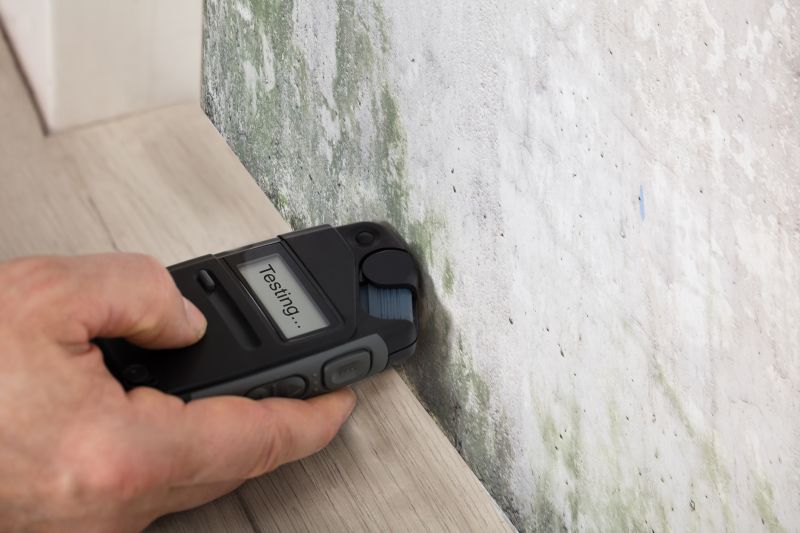
Sampling devices used to collect airborne mold spores for analysis.

Samples collected inside buildings to assess mold spore concentrations.

Air testing after mold removal to confirm effectiveness.
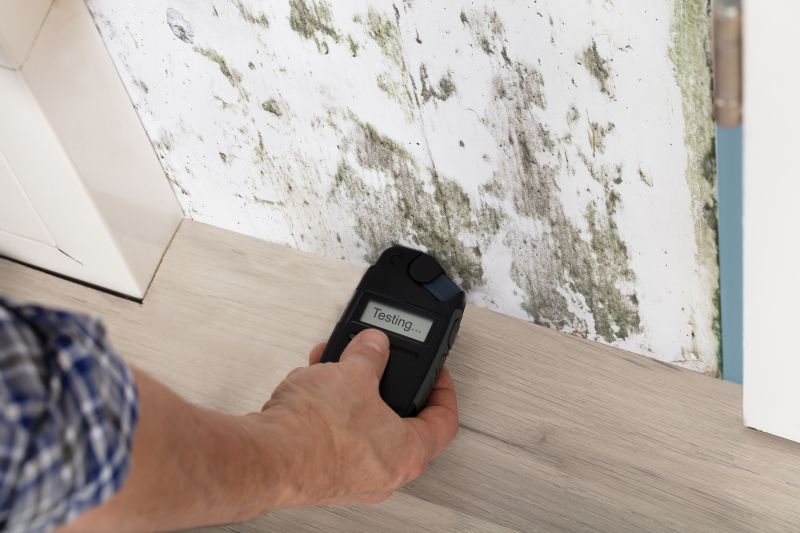
Humidity and temperature measurements during sampling.
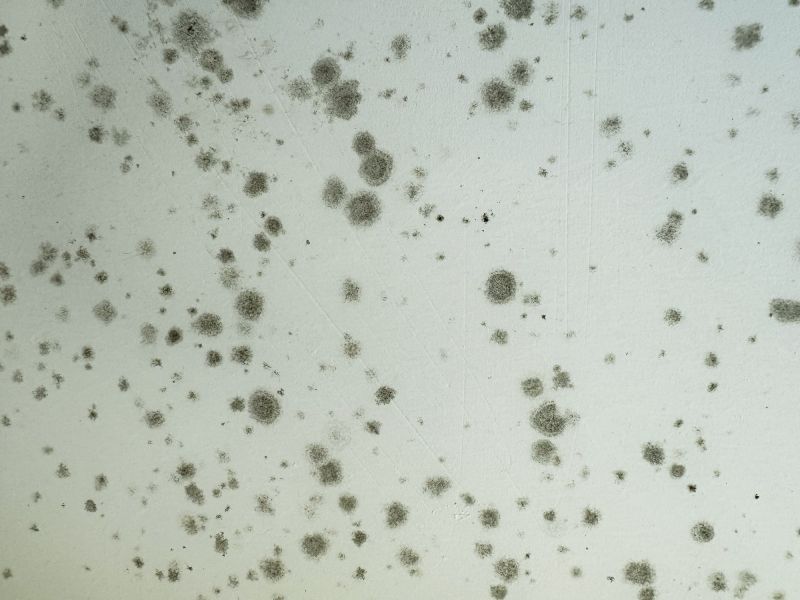
Locations prone to mold development within buildings.
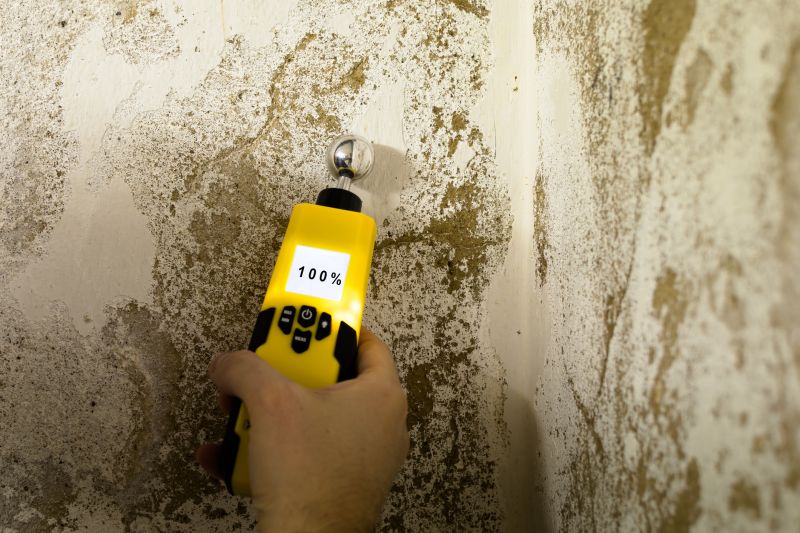
Collecting samples during high humidity periods.
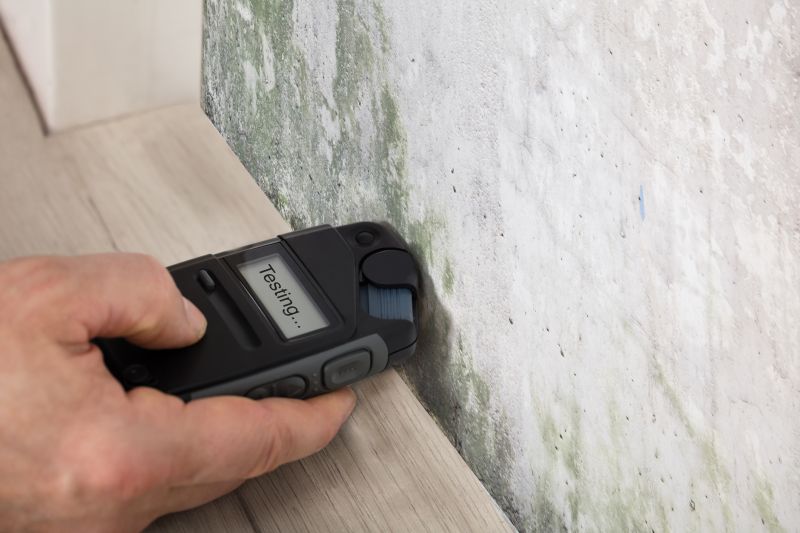
Assessing mold levels before construction activities.
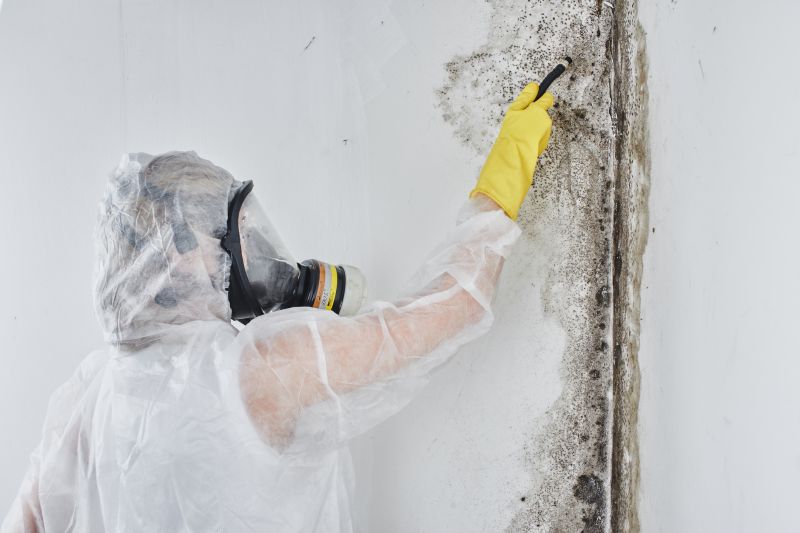
The process of collecting airborne mold spores.

Analysis of collected samples for mold spore identification.
| Timing Consideration | Impact on Results |
|---|---|
| High Humidity Periods | May show elevated mold levels, indicating proliferation potential. |
| Post-Remediation | Confirms mold removal effectiveness and safety. |
| Occupancy Periods | Assesses ongoing exposure risks during regular use. |
| Before Renovation | Identifies existing mold issues prior to construction. |
| Seasonal Changes | Variations in mold spore counts based on environmental conditions. |
| After Heavy Rain | Detects mold growth following moisture intrusion. |
| During Dry Seasons | May show lower mold levels, useful for baseline data. |
| Construction Activities | Identifies mold disturbances caused by building work. |
Understanding the optimal timing for mold air sampling enhances the accuracy of mold detection and assessment. Sampling during high humidity or after moisture events can reveal mold growth potential, while post-remediation testing ensures environments are safe for occupancy. Seasonal variations and building activity schedules also influence mold spore levels, making timing a critical factor in effective mold management.
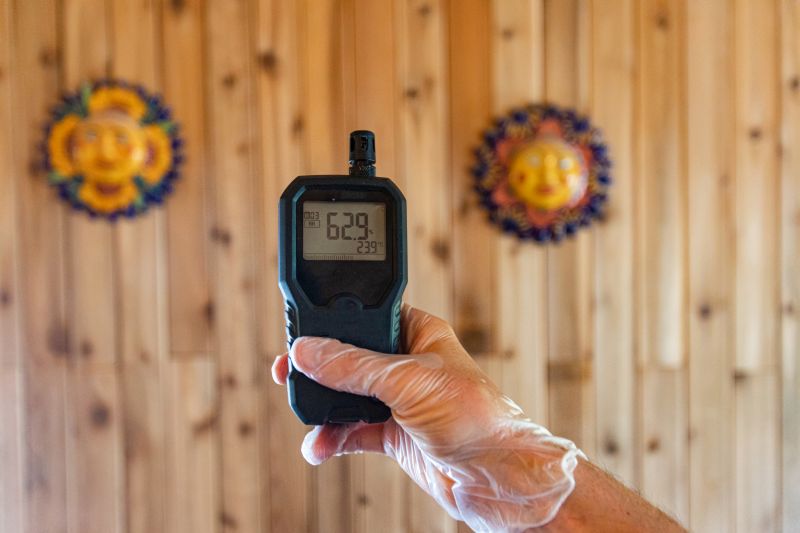
Step-by-step collection of airborne mold spores.

Regular testing to monitor mold levels indoors.
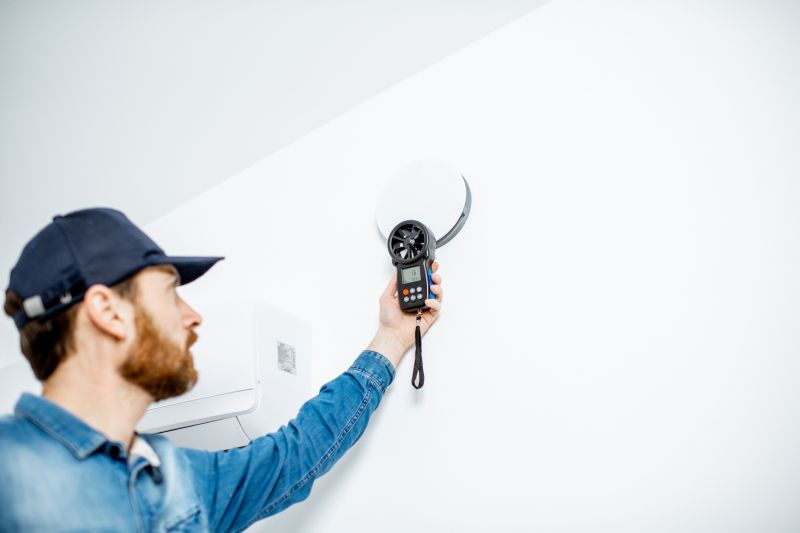
Devices actively collecting air samples.
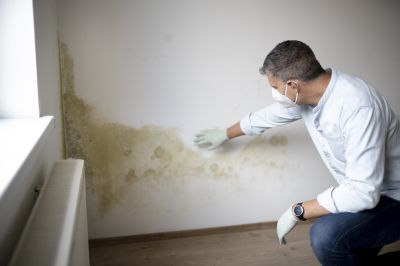
Analysis process for mold identification.
For those interested in assessing mold presence through air sampling, it is advisable to contact professionals to determine the most appropriate timing based on environmental conditions and building use. Proper timing and sampling techniques are essential for obtaining reliable data and ensuring a safe indoor environment.
